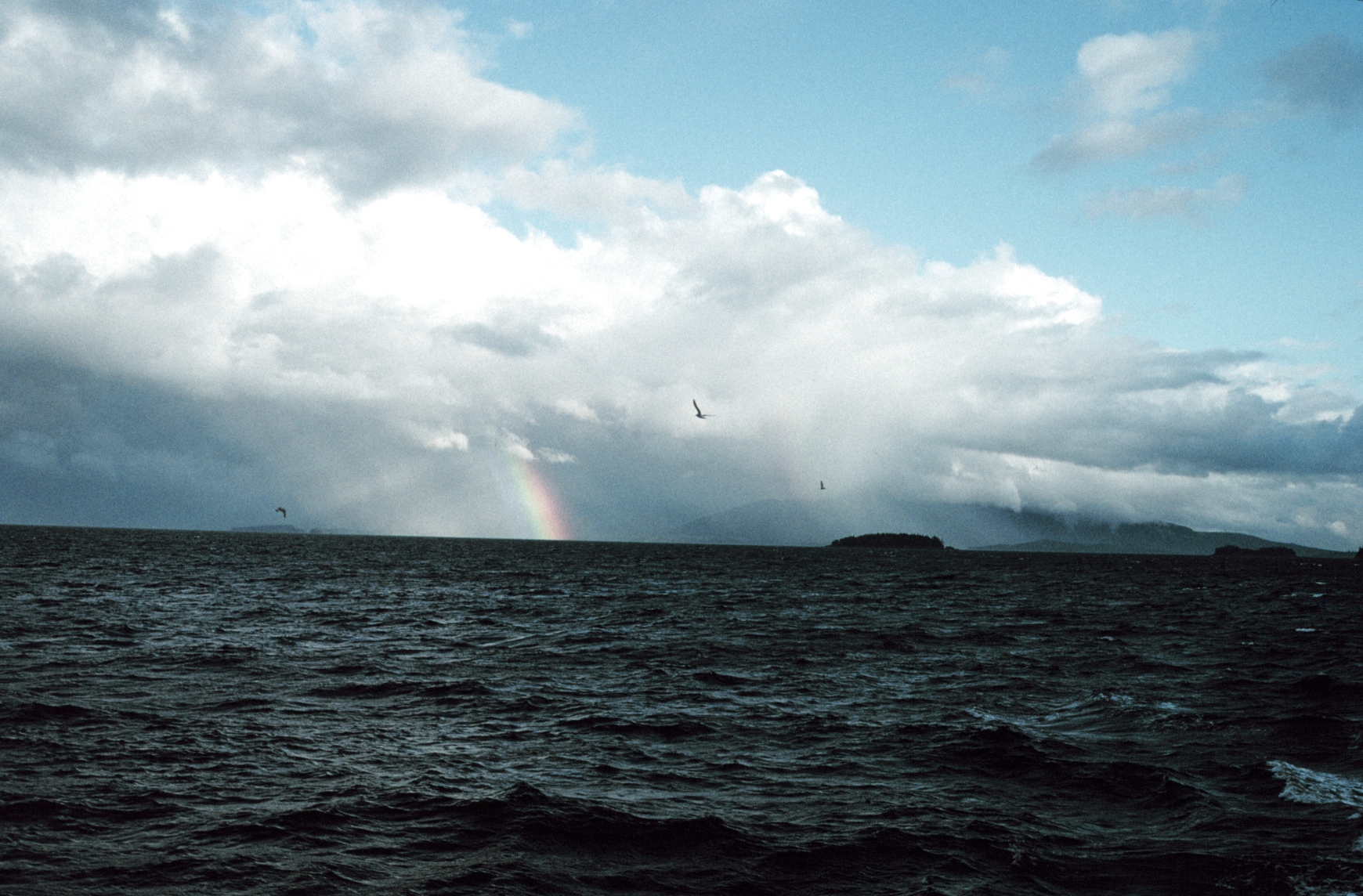Low pressure systems can be bad news for sailors, bringing storms, squalls and general unpleasantness. Thankfully, they can usually be predicted – and you’ll need to know how if you are planning to take your RYA Yachtmaster exam, or indeed if you intend to have a long and relatively comfortable sailing career.

Depressions are low pressure systems that form when cold and warm air close in on each other. A cold front will close the gap between the warm front ahead of it as a depression deepens, and when it catches up it will create an occluded (mixed warm and cold) front. In the northern hemisphere, air circulates anti-clockwise in a low pressure system, spiralling towards the centre of a depression. In the southern hemisphere, it goes the other way, circulating clockwise. The wind crosses the line of the isobar at an average angle of 30 degrees.
By the way, the isobars (those are the circles similar to contour lines on a map) are generally closer together in a low pressure system than they are in a high pressure system. This indicates stronger wind, as the closer the isobars, the higher the wind speed. It’s also worth noting that high pressure systems do the opposite to low pressure ones (sounds obvious!). High pressure systems, though described as anti-cyclonic, feature air flowing in a clockwise pattern away from the centre in the northern hemisphere. They are usually associated with settled weather because of their heavier, colder air that isn’t rising to form clouds, and which is therefore less dynamic than the air in a low pressure system.
There are certain things that you can look out for to give you an idea that a low pressure system is on the way. Your most important tools here are your barometer, for noting pressure, your logbook (you can’t compare changes unless you keep good records), and your eyes. You can also tell where the low pressure is by putting your back to the wind – Buys Ballot’s Law says that, with your back to the blow, left is the low (in the northern hemisphere).
This is what you’re looking out for:

Notes:
- Wind veers when the direction from which it is blowing shifts clockwise. For example, a westerly veers when it shifts to a north-westerly, and backs (shifts anti-clockwise) when it moves to south-westerly.
- The table and descriptions above apply to the northern hemisphere unless otherwise stated. In the southern hemisphere, the wind will move the opposite way, so if it veers in the north it will back in the south, and if it moves anti-clockwise in the north, it will move clockwise in the south.
If you are in a position where you can’t safely escape the bad weather associated with a low pressure system, batten down the hatches, shorten sail in good time, fill up the flasks with hot coffee (don’t forget to screw the caps on properly) and prepare the crew for a bumpy ride.
To learn more about the passage of a depression, you can watch our short animated film on weather for sailing, which focuses exactly on this. Click on the appropriate image below (depending on whether you want to watch in English or Polish), and you will be redirected to the film on our YouTube channel.


